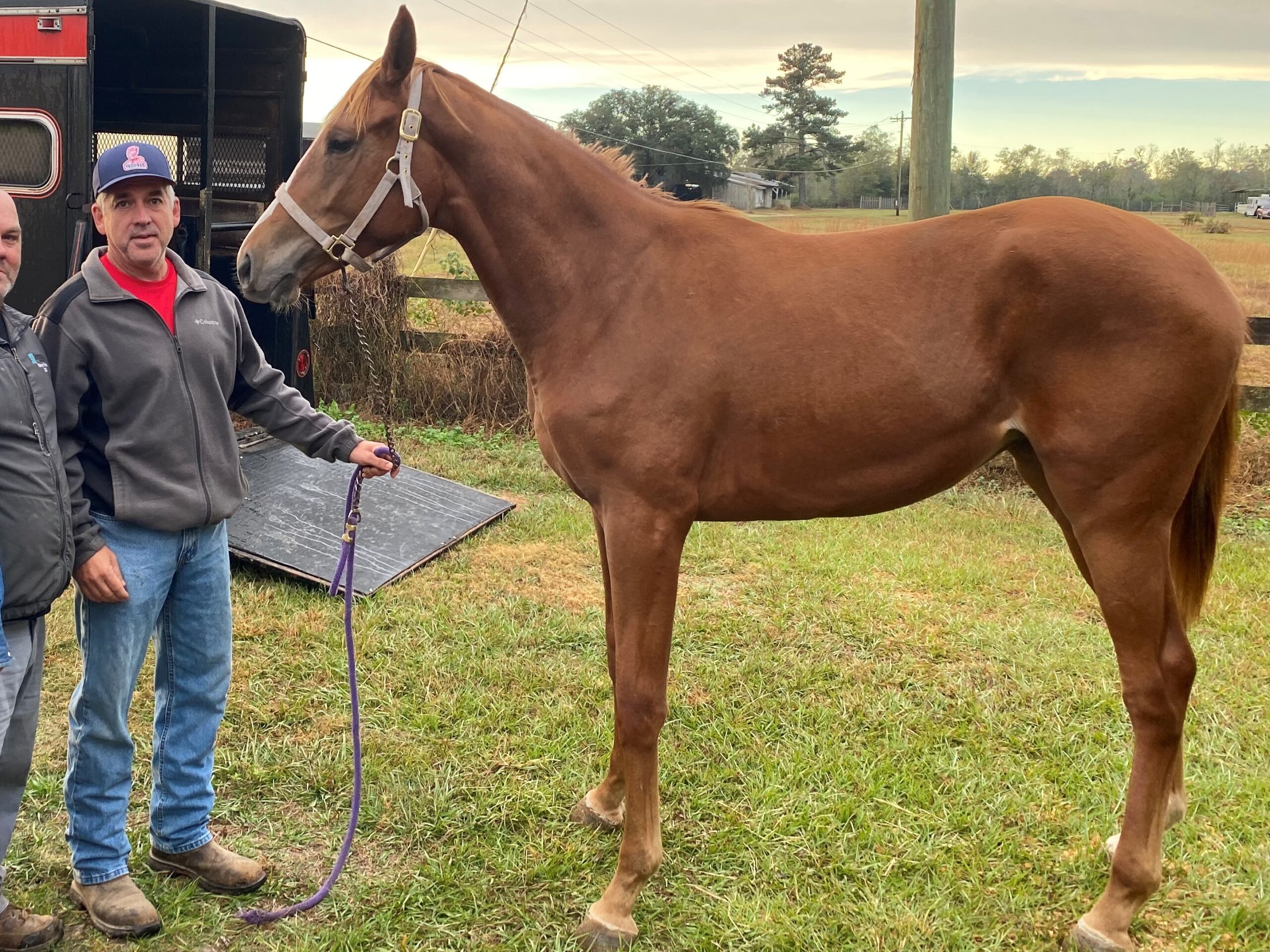Last updated: December 5, 2024
Have you ever wondered about the deeper meaning behind a horse’s coat color? Horses, with their beauty and grace, have fascinated humans for centuries. Their coat colors are not just striking to the eye—they carry rich symbolism, offering insights into cultural beliefs, historical narratives, and even natural characteristics.
As a lifelong horse enthusiast, I’ve always been intrigued by the significance of horse color symbolism across cultures.. In this article, I share what I’ve learned, weaving together personal insights and historical contexts to uncover the deeper meanings behind these remarkable animals’ hues.

Exploring Horse Color Symbolism Across Cultures
Each culture interprets horse colors uniquely, linking them to spiritual beliefs, myths, and practical significance in daily life.
Native American Horse Colors: Spiritual and Tribal Meanings
In Native American culture, horse colors often reflected spiritual beliefs and tribal practices:
- White Horses: Among the Lakota, white horses were revered for their purity and connection to the divine. They were central to sacred ceremonies, symbolizing wisdom and spiritual guidance. (Smithsonian National Museum of the American Indian).
- Pinto Horses: The Navajo valued paint horses for their unique spotted coats, which symbolized balance and harmony—representing the union of opposing forces.
- Black Horses: Cherokee traditions viewed black horses as mystical creatures linked to the underworld and messengers between life and death.
One of the first horses I ever owned was a striking pinto. I didn’t know about its cultural symbolism at the time, but its unique coat pattern made it a favorite on our ranch. Later, I learned how these colors often carried deep spiritual meaning for the Navajo, which deepened my appreciation for its beauty.

Beyond the spiritual and practical significance seen in Native American traditions, horse colors hold equally profound meanings in Eastern cultures, where mythology and the zodiac intertwine with symbolism.
Celtic Beliefs: Mystical Connections to Horse Colors
During the Tang dynasty, horses were celebrated as symbols of imperial power and prosperity. Court painters often depicted red or golden horses in intricate murals, signifying strength, vitality, and divine favor. For example, Emperor Taizong famously commissioned a series of sculptures, known as the “Six Steeds of Zhao Mausoleum,” immortalizing his warhorses, each with distinct colors and heroic associations. These artworks reinforced the link between horse colors and the emperor’s divine mandate.
In the Chinese zodiac, horses often featured in New Year celebrations, where red horses represented fire and luck, often appearing in decorative art and performances to ward off misfortune and bring prosperity. Learn more about these traditions at Washington Dept Edu.
In Chinese culture, horses are deeply embedded in mythology and the zodiac:

Just as Chinese traditions connect horse colors to the zodiac and the elements, Celtic beliefs reveal an equally mystical appreciation for these hues, blending mythology with spiritual protection.
Celtic Beliefs About Horse Coat Colors
The Celts attributed spiritual meanings to horse colors:
- Gray Horses: Often associated with the underworld, gray horses in Celtic mythology were seen as guides between the living and the dead.
- White Horses and Epona: The goddess Epona, protector of horses, farmers, and travelers, was frequently depicted riding a white horse, symbolizing her nurturing and divine qualities.

From Celtic mythology to the grand courts of medieval Europe, horse colors continue to convey status and purpose, offering a fascinating glimpse into their historical roles.
Historical Context: Horse Coat Colors Through Time
Horse colors were often tied to their roles in historical narratives, whether in royal courts, battlefields, or religious ceremonies.
Medieval Europe: The Role of Horse Colors in Chivalry and Ceremony
In medieval Europe, horse colors were tied to status and chivalry:
- White Horses: Reserved for royalty and knights, white horses symbolized purity and divine favor, often appearing in ceremonial processions.
- Bay and Chestnut Horses: Known for their endurance and strength, these colors were commonly used in military campaigns, reflecting practicality over pageantry. Learn more about common horse colors here.

In contrast to the pageantry of medieval Europe, Asian empires celebrated the resilience and strength of horses, linking their colors to endurance and divine protection.
Asian Empires: Horse Colors as Symbols of Strength and Endurance
Throughout Asia, black horses symbolized resilience and strength:
- The Mongol Empire: Black horses were highly prized by Genghis Khan’s army for their endurance and ability to navigate harsh terrains, symbolizing power and dominance.
- Indian Mythology: In Hindu traditions, Lord Krishna’s chariot was drawn by white horses during epic battles, symbolizing truth and victory. (The Asiatic Society).
I’ve always admired the Mongol horsemen, whose small yet resilient horses carried them across vast and unforgiving terrains. Their strength and endurance remind me of the partnerships I’ve built with my horses—bonds forged through trust and a shared determination to overcome challenges.

How Nature Shapes the Symbolism of Horse Coat Colors
The natural traits of horse colors often influenced their symbolic meanings, intertwining biology with mythology.
Rare Horse Colors: Mythology and Mystique
- Rare horse colors like dapple gray and palomino have historically inspired awe and often been associated with magical or divine qualities.
- Genetics explains the prevalence of some coat colors over others. Learn more about this in Horse Coat Genetics.
Adaptation and Survival
- Bay and chestnut horses, common in wild populations, were prized for their camouflage in natural environments, symbolizing resilience and adaptability.

Frequently Asked Questions About Horse Colors
What does a white horse symbolize in myths and legends?
White horses often symbolize purity, wisdom, and spiritual guidance in myths across cultures.
What do horse coat colors symbolize in art and dreams?
Horse coat colors often symbolize traits like purity (white), mystery (black), and vitality (chestnut) in art and dreams. For example, in art, a white horse may represent spiritual enlightenment, while in dreams, a black horse might suggest introspection or the unknown. Learn more about horse symbolism.
How are horse coat colors linked to genetics?
Horse coat colors result from genetic interactions. For instance, the cream gene creates colors like palomino and buckskin by diluting red or black pigments. Explore horse color genetics.
Do horse colors affect their behavior or traits?
While coat color doesn’t directly influence behavior, cultural beliefs have often attributed personality traits to specific colors.
Why are black horses considered mysterious?
Black horses are often linked to mystery, strength, and the unknown, as seen in Native American and Celtic traditions.
Are coat colors like palomino or dapple gray linked to any myths?
Yes, palomino and dapple gray horses are often linked to myths, symbolizing uniqueness and power. For example, palominos were associated with royalty and luck in Spanish lore, while dapple grays featured in Celtic myths as messengers from the otherworld.
Conclusion: The Deeper Story Behind Horse Colors
Horse coat colors are more than just a visual marvel—they are a window into the rich tapestry of human culture, history, and spirituality. Across the globe, these colors have been woven into myths, honored in ceremonies, and celebrated for their symbolic meanings. From the sacred white horses of the Lakota to the fiery red horses of the Chinese zodiac, every hue carries a story that connects us to our past and deepens our bond with these magnificent animals.
As a lifelong horse enthusiast, I’ve witnessed firsthand how these colors captivate the imagination. Whether marveling at a shimmering palomino in the sunlight or reflecting on the symbolic legacy of a black horse in history, I find endless fascination in their beauty and significance.
What does your horse’s coat color mean to you? Share your thoughts or personal stories in the comments below. If you’re curious about more ways horse colors influence our understanding of these animals, you can learn about the genetic basis of horse coat colors and other related topics on my site.

About the Author: Miles Henry
Lifelong Horseman | Racehorse Owner | Published Author
Miles Henry brings over 25 years of hands-on experience training and owning Thoroughbred racehorses. Raised with Quarter Horses and Appaloosas, he’s spent a lifetime learning from horses—on the track, in the barn, and in the field. Today, he runs a small but successful racing stable in Louisiana and shares real-world insights on HorseRacingSense.com, helping horse owners, fans, and bettors navigate the sport with confidence.
📚 Books: View Miles’s books on Amazon »
🎧 Podcast Guest: Animal Tales Ep. 32 |
YouTube Interview
📩 Newsletter: Sign up for racing tips and horse care advice »
🔗 Follow Miles:
Twitter |
Facebook |
YouTube

